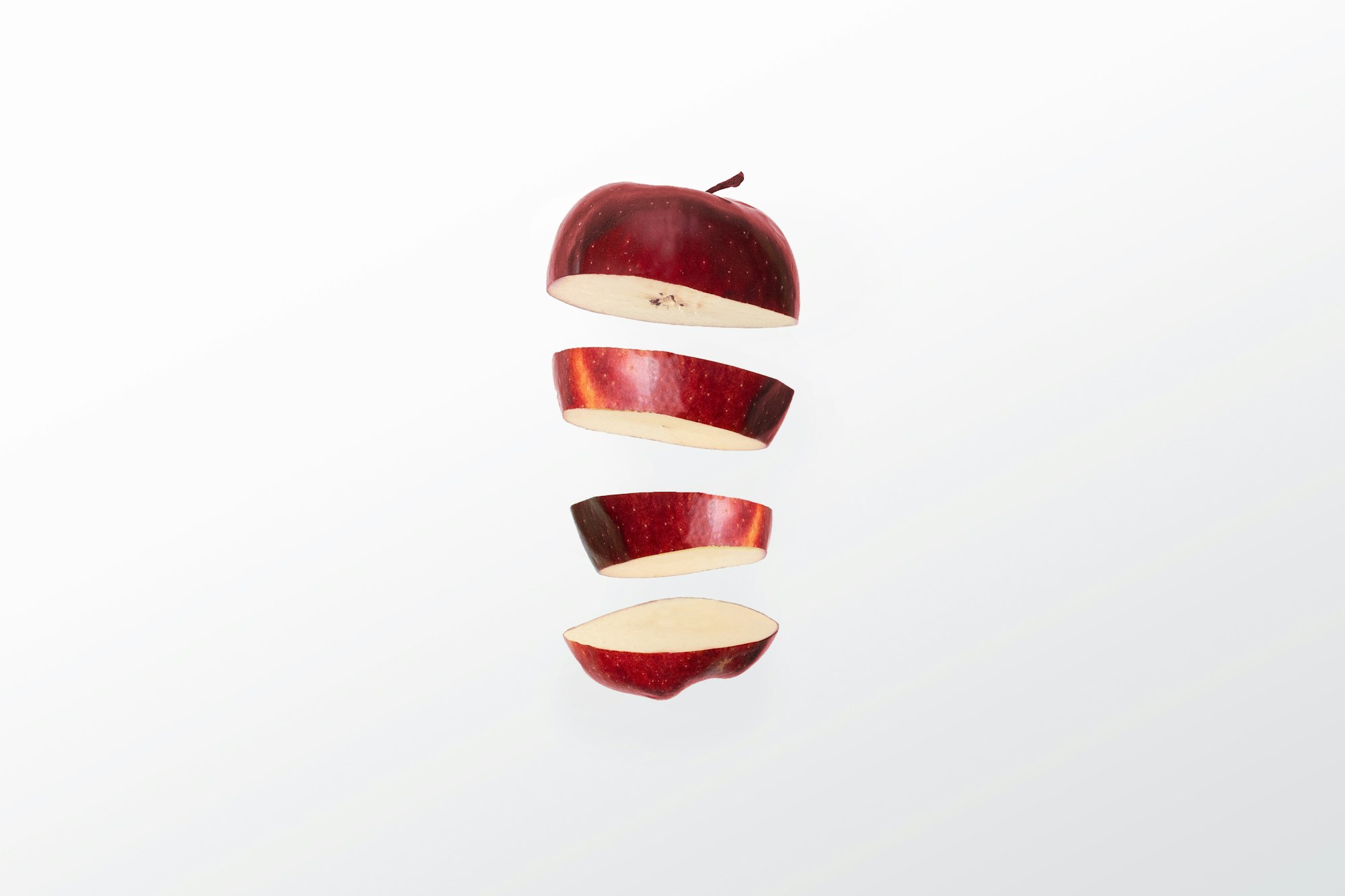Reviews on Apple Maps: A Complete Guide
Apple has released the ability to review most businesses in the US. It is fast, easy and hard to spam. Learn the what's, why's and wherefores of this significant new review platform.

- Apple only allows a thumbs-up or down rating (no text review), but enables ratings on multiple business attributes, for more nuance.
- Unlike Google, Apple includes defamatory, libelous, harmful, unlawful and deceptive information as explicit content violations.
- Apple Maps ratings should dramatically cut down on review spam. But its approach to moderation remains to be tested.
